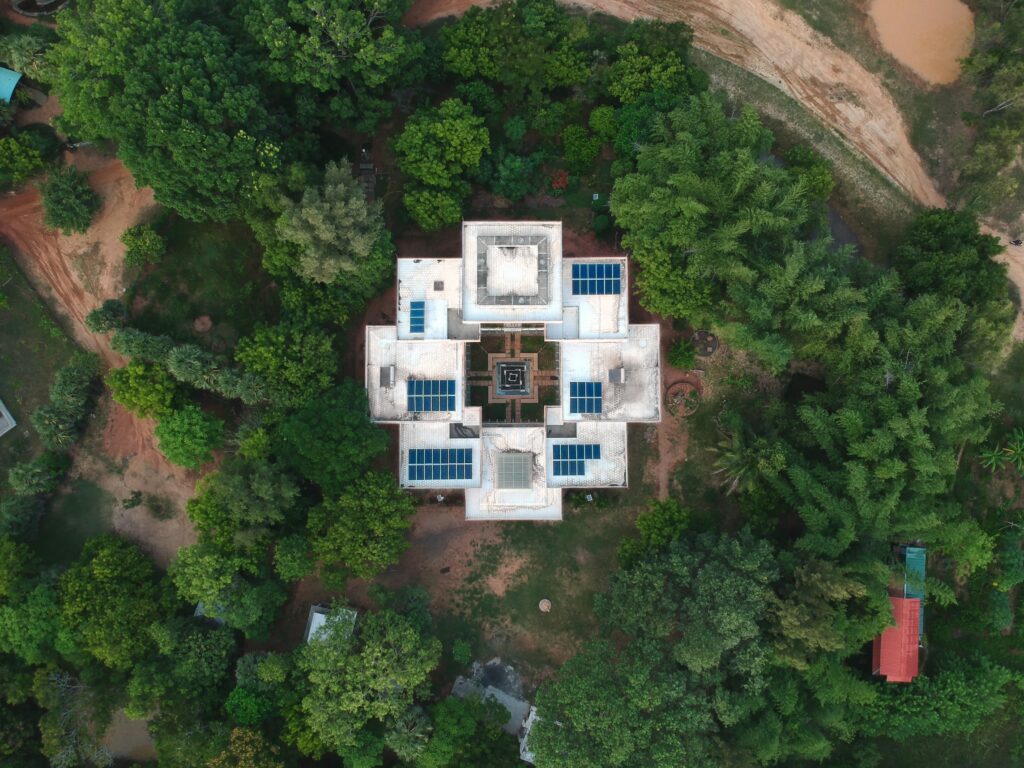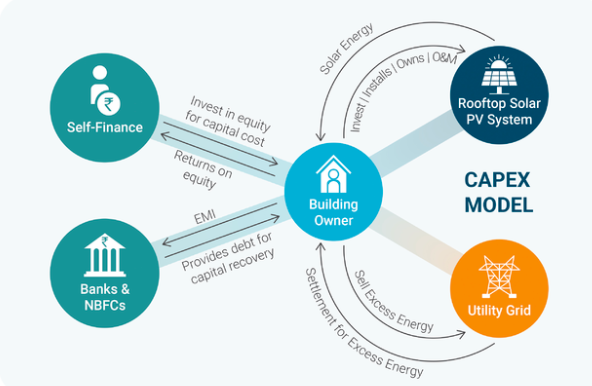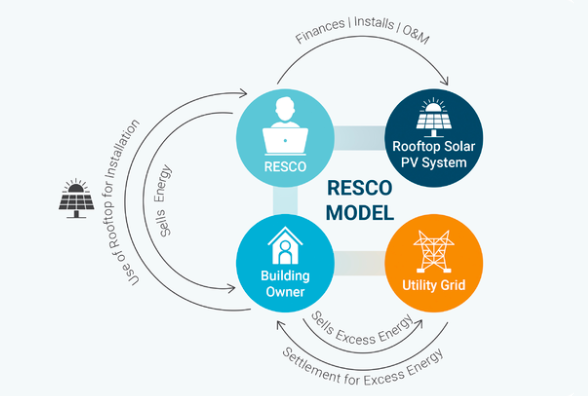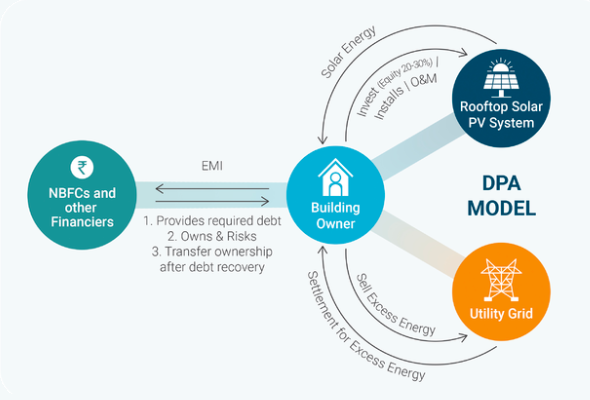Financing Models for rooftop solar energy in India
- By user

Overview
The Indian government promotes solar energy and encourages banks and non-banking financing companies (NBFCs) to offer low-interest loans for solar adoption. Financing rooftop solar was challenging due to limited bank support and high-interest loans. To drive higher rooftop solar adoption, the government has introduced some innovative financing models. We will explore these models, their features, and their suitability for different consumers.
Financing Models
The solar rooftop landscape offers innovative investment options with three financing models:
- Capital Expenditure (CAPEX)
- Operational Expenditure (OPEX)
- Deferred Payment Agreement (DPA)
Let’s deep dive into these models and try to establish a suitable model for your requirements:
CAPEX model
In the CAPEX model, you can either self-finance the entire cost or take a loan (debt and equity ratio) to cover the entire installation cost which includes equipment, labor, upgrades and maintenance expenses. It is popular for consumers looking at residential, commercial, and industrial rooftops. The consumer hires a solar installer to install solar PV systems on their rooftop. Cost savings are achieved if the cost per unit (kWh) of solar energy is lower than the cost per unit of energy purchased (kWh) from the grid.

Highlights
- The consumer covers the capital expenditure and owns the system.
- Consumers save on electricity bills with solar PV systems installed on the rooftop.
- Surplus power can be sold to DISCOM under a net feed-in or net metering mechanism.
- Commercial & Industrial clients get accelerated depreciation & tax benefits.
- Installers may offer annual O&M services for installed solar PV systems.
OPEX Model
In this model, a Renewable Energy Service Company (RESCO) installs and owns (agreed tenure) the rooftop solar PV system, and sells power to the consumer at an agreed tariff. The RESCO and the consumer enter a contract for the purchase of solar energy and for the use of the rooftop by the RESCO. The consumer will benefit from savings on his overall electricity costs. Depending on the contractual agreement a transfer of ownership from the RESCO to the consumer may happen depending on the contractual agreement.

Highlights
- RESCO owns, operates, and maintains the Solar PV system.
- Consumers pay for the consumed solar energy at a rate as specified in the power purchase agreement between the RESCO and the consumer.
- RESCO bears the risk of installing, operating, and maintaining the system.
- Ideal for consumers who do not want to invest the entire capital cost.
The OPEX model can further be distinguished into two types based on consumer requirements and consumption choices.
DPA Model
The deferred payment model allows businesses to transition to solar by paying some share as equity and remaining share as debt, through financing entities – other than banks – which is paid through monthly installments over agreed tenure.

Highlights
- Takes debt from NBFCs and other financiers.
- The financer owns the system until the debt is paid back by the consumer.
- Consumers can claim tax benefits once ownership is transferred.
- Self-sustaining if, Installments <= solar savings.
Which model is best for you? How?
CAPEX Model:
- Consumers ready for upfront investment, long-term savings, and higher Return on Investment (ROI).
- Consumers seeking better risk-adjusted returns & financing benefits.
- The owner or your solar installer will secure permissions from the electric utility service provider (DISCOM) or State Nodal Agency (SNA).
- Ideal for rooftop owners, who can claim tax benefits.
OPEX Model:
- Consumers looking for immediate savings.
- Do not want to invest but still want to transition to solar energy.
- Comfortable with long contracts (10-25 years).
- RESCO will secure permissions from the DISCOM and SNA.
- The RESCO model is recommended for rental, leased, or limited-ownership spaces.
DPA Model:
- Ideal for Small and Medium Enterprises (SMEs) opting for CAPEX but lacks credit rating for bank loans.
- Who are comfortable with deferred capital cost for a fixed duration. (Ideally 3-7 years)
- Willing to pay some share as equity. (Ideally 20-30%).
- The consumer prefers monthly instalments with minimum interest rates.
- The solar PV system will pay for itself over time.
Conclusion:
Financing models play a crucial role in making rooftop solar accessible and affordable for individuals and businesses in India. Each model offers unique advantages and caters to different sets of requirements.
Consumers looking to install rooftop solar PV systems can estimate the feasibility of the desired system by using available tools such as Solsavi and decide on the financing models that suit their requirements and further contact rooftop solar installers to get a rooftop solar PV system estimation.
